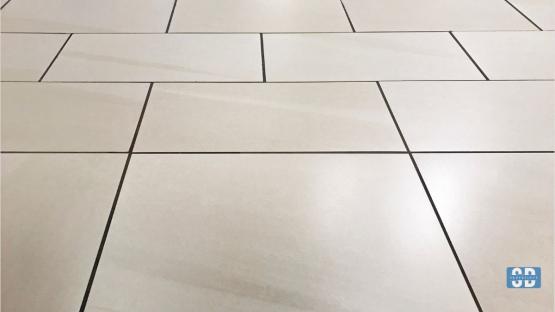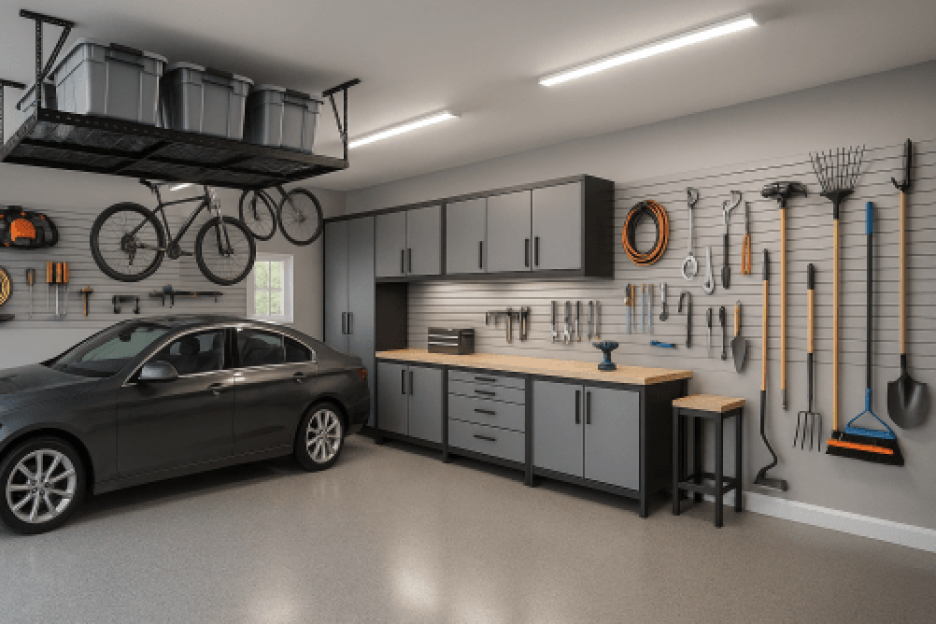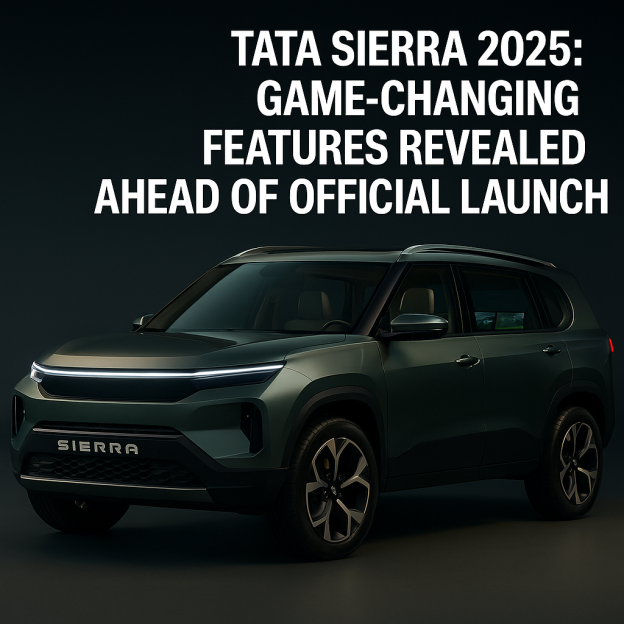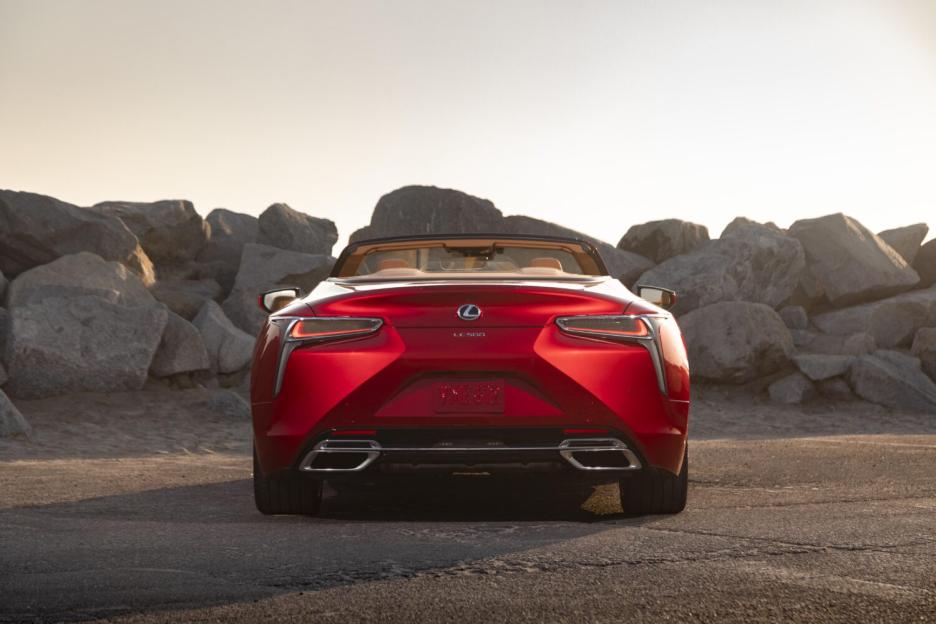This article was published by Cartea .
Saudi Arabia, one of the Middle East’s largest automotive consumer markets, is in the midst of a profound industry shift. The February 2025 Saudi Automotive Market Report from Cartea Research Institute platform offering professional car news, precise buying guidance, and full vehicle services to Arabic-speaking users reveals that Japanese and Korean manufacturers together command over 50% of total sales. Toyota and Hyundai maintain their positions at the top of the sales leaderboards, while fresh entrants are progressively altering the competitive landscape. In stark contrast, the combined market share of the five largest Chinese brands stands at a mere 5.3%, underscoring the substantial barriers they face to broader penetration.
With fuel-powered vehicles still dominating at 93.3% of all sales, along with rising demand for family-friendly models and growing enthusiasm for intelligent car features, two crucial questions emerge: How can Chinese automakers challenge the entrenched supremacy of Japanese and Korean rivals? And how might they meet Saudi consumers’ fundamental needs for cost-effective sedans, seven-seat SUVs, and localized services. This article dissects market dynamics from three angles brand hierarchy, segment distribution, and consumer online search behavior to equip Chinese brands with strategic insights necessary for establishing a competitive foothold.
1. Brand Hierarchy
The Saudi automotive domain now exhibits a “tricolor”;; distribution of brands
- Established Leaders: Japanese and Korean marques owe their continued dominance to extensive dealer networks, a reputation for reliability, and robust after-sales support, which together foster enduring consumer trust.
- Emerging Contenders: Both global and regional newcomers are rapidly gaining market share, driven by aggressive localized marketing efforts and model launches designed to resonate with Saudi buyers.
- Chinese Entrants: Although these brands have started to penetrate mid-range price bands especially the SAR 50,000â120,000 bracket they remain largely absent from premium segments above SAR 120,000, highlighting the uphill journey ahead.

2. Vehicle Segment Distribution
In February 2025, sedans made up over 50% of vehicle registrations, primarily within the SAR 50,000â120,000 price range, reflecting the market’s emphasis on affordability and fuel economy. Simultaneously, SUVs accounted for more than 30% of sales, with particularly strong demand in the SAR 120,000+ bracket. Families seeking seven-seat configurations and reliable off-road performance have driven SUVs’ popularity. Despite this, Chinese models have yet to capture meaningful interest in either segment, indicating a misalignment with local preferences.

3. Powertrain Preferences
Traditional internal-combustion engine ICE vehicles continue to dominate Saudi sales at 93.3%. Hybrid electric vehicles HEVs occupy only a sliver of the market, while new-energy vehicles NEVs including battery-electric and plug-in hybrid models are just beginning to enter the scene. Limited charging infrastructure, low consumer familiarity, and the cost advantage of exceptionally cheap fuel have collectively discouraged widespread NEV adoption.

4. Price Band Penetration
Chinese marques have registered initial success in the mid-price segment (SAR 50,000â120,000), leveraging compact sedans with a “high specification for a low price”;; value proposition. Yet, they remain virtually absent from premium price bands (above SAR 120,000), where luxury sedans and high-end SUVs continue to be the domain of established Japanese and Korean manufacturers. To gain ground in these higher tiers, Chinese brands must invest in enhancing product quality, expanding service networks, and building brand prestige.
5. Search Behavior Insights
An analysis of online search data in Saudi Arabia reveals
- Jetour: Led Chinese brands with 15,959 searches, driven largely by the debut of a new model and intensified local marketing campaigns.
- Changan: Topped potential website traffic with approximately 86,000 visits, demonstrating the resonance of its Saudi-oriented product lineup and promotional strategy. These digital metrics underscore the critical importance of targeted online engagement and region-specific advertising in driving brand awareness and consideration.
Strategic Takeaways
By integrating sales figures with consumer search behavior, Cartea Research Institute distills three essential strategies for any automaker particularly Chinese entrants targeting growth in Saudi Arabia.
Navigate the Tripolar Brand Structure
Leverage agility and locally tailored offerings to compete with fast-rising challengers. Strengthen perceived quality and after-sales support to break into premium segments controlled by established leaders.
- Align with Powertrain Realities
Recognize that ICE vehicles will dominate in the near term, using hybrids as a transitional step. Accelerate NEV adoption through infrastructure investments and consumer education. - Focus on Core Segment Demands
Serve price-sensitive sedan buyers within the SAR 50,000â120,000 range. Expand robust, seven-seat SUV offerings above SAR 120,000 to satisfy family and off-road requirements.








